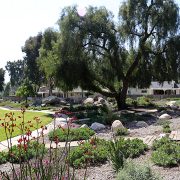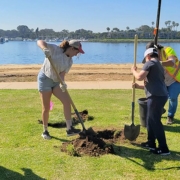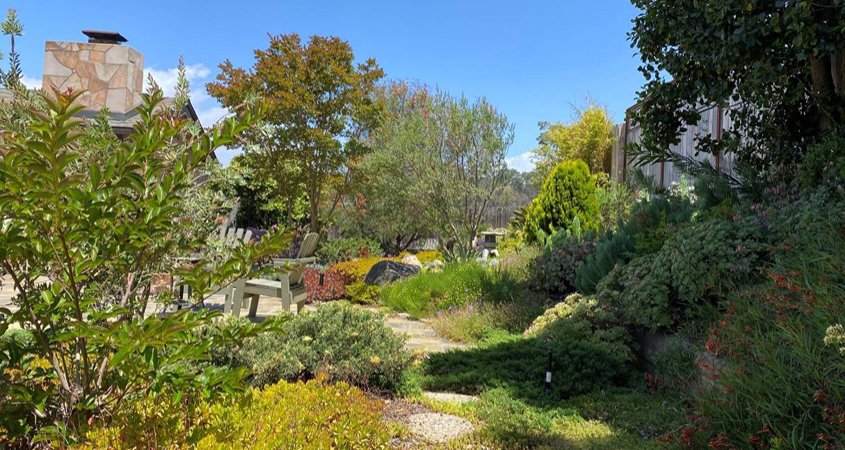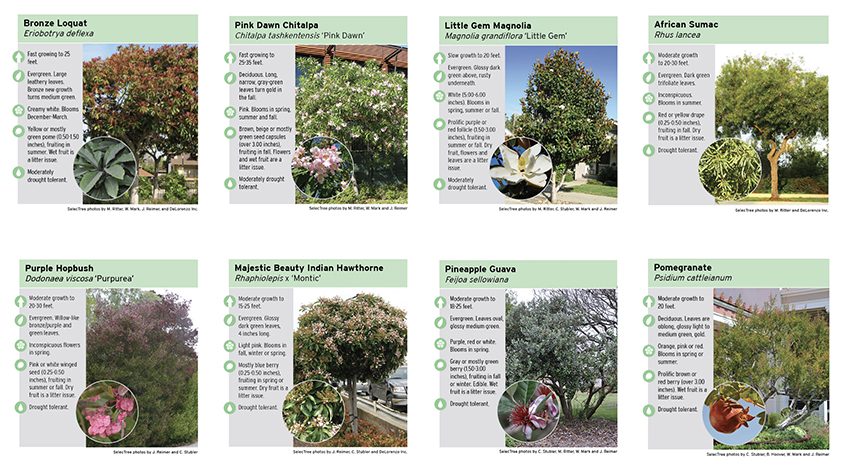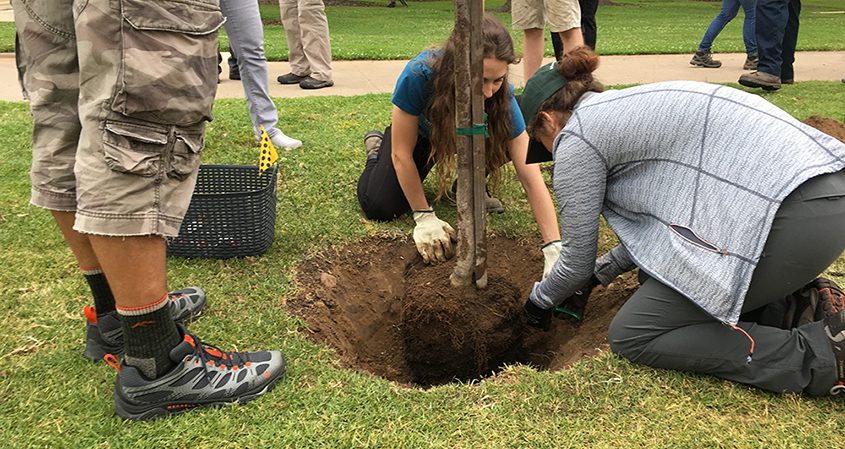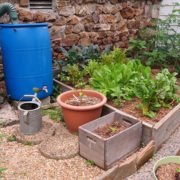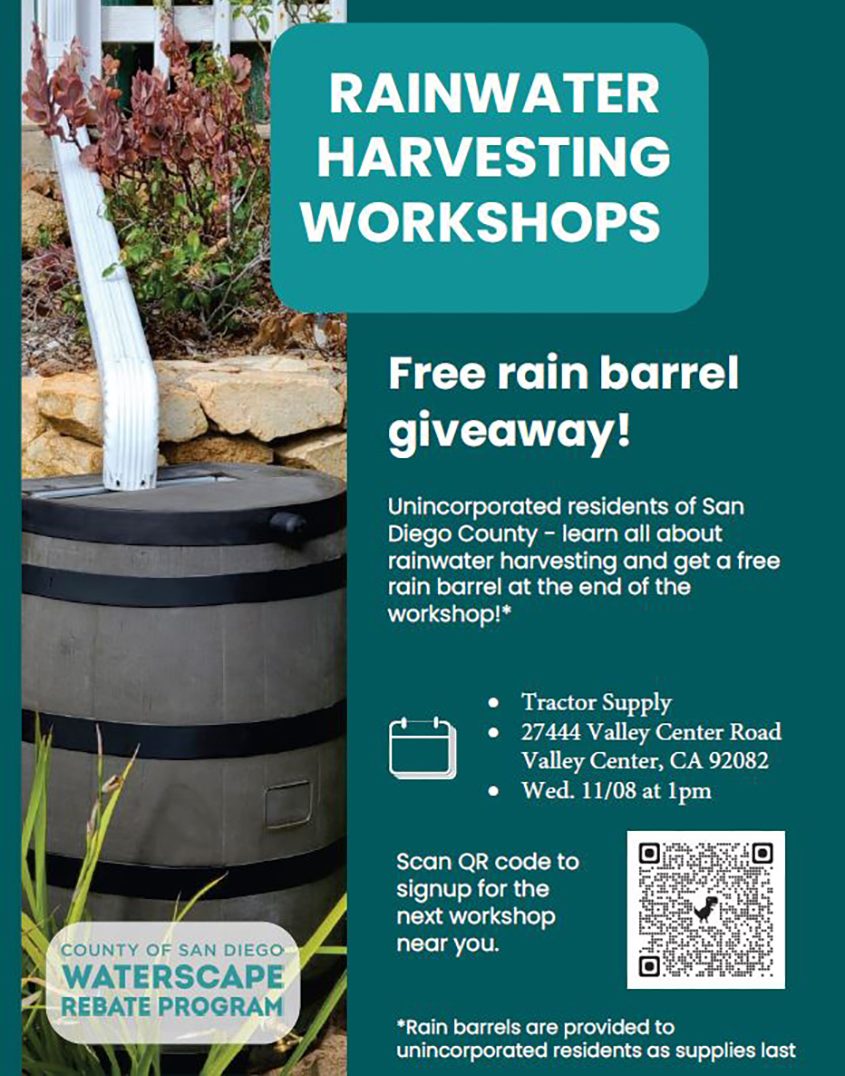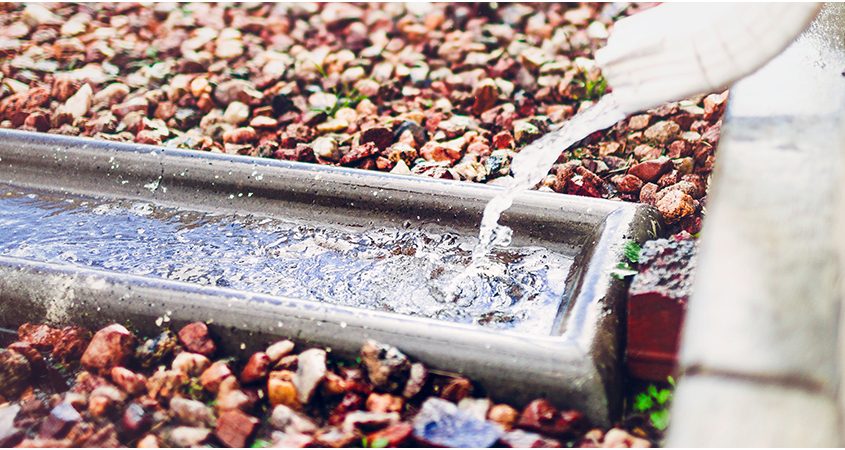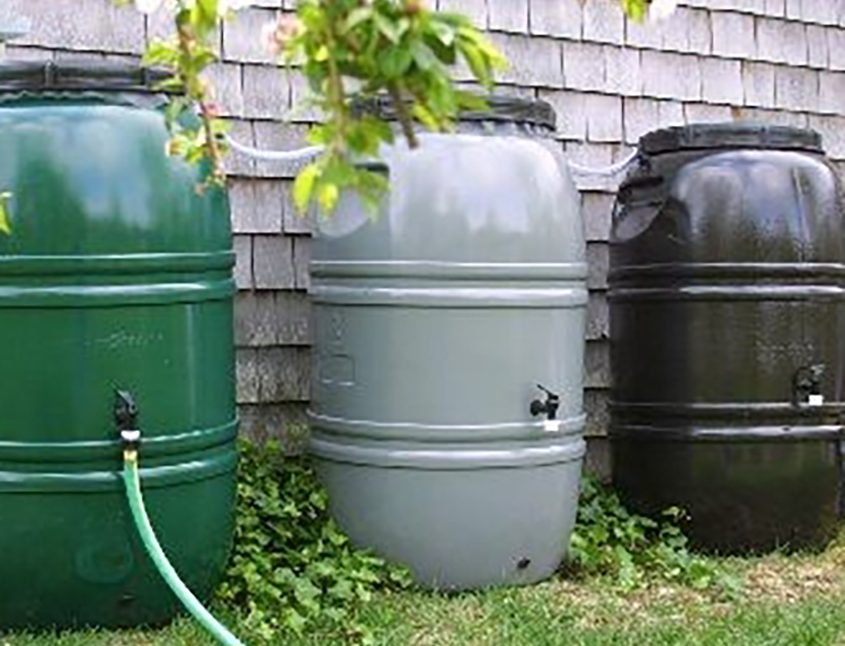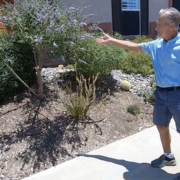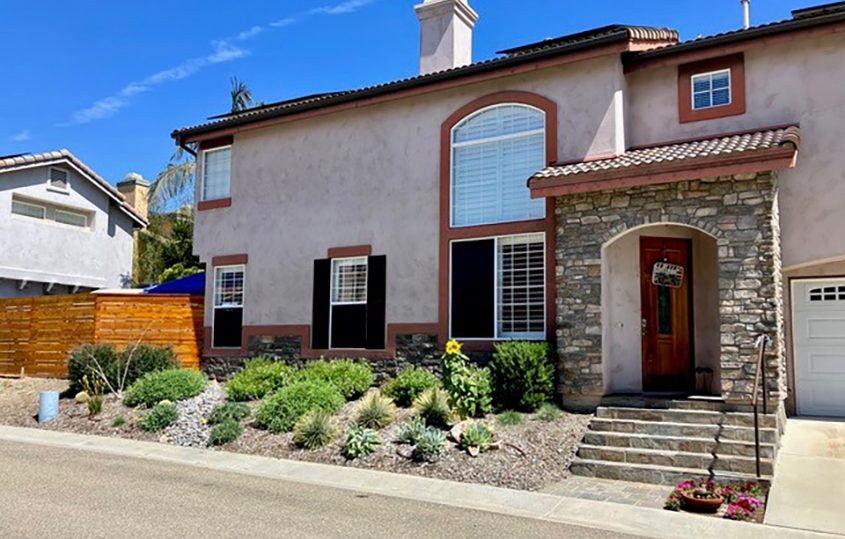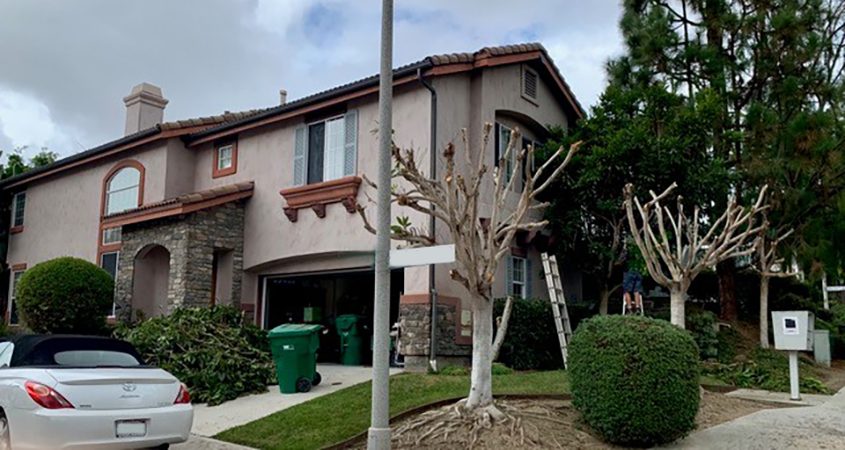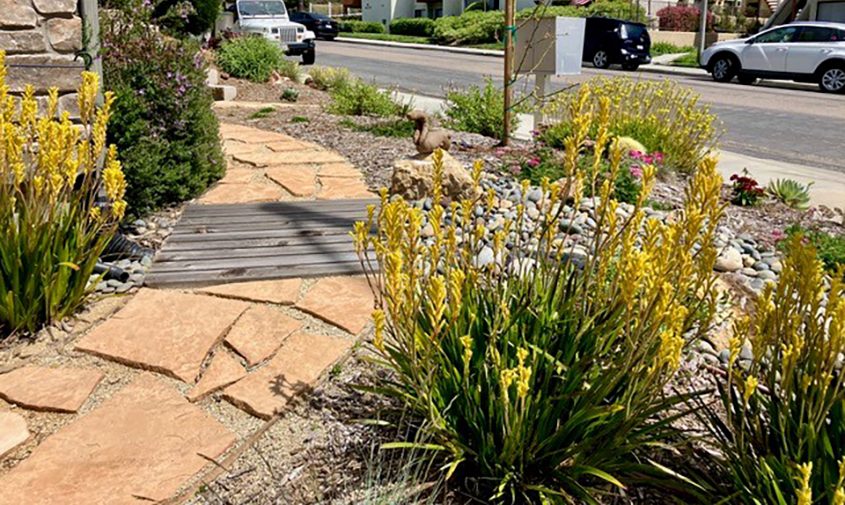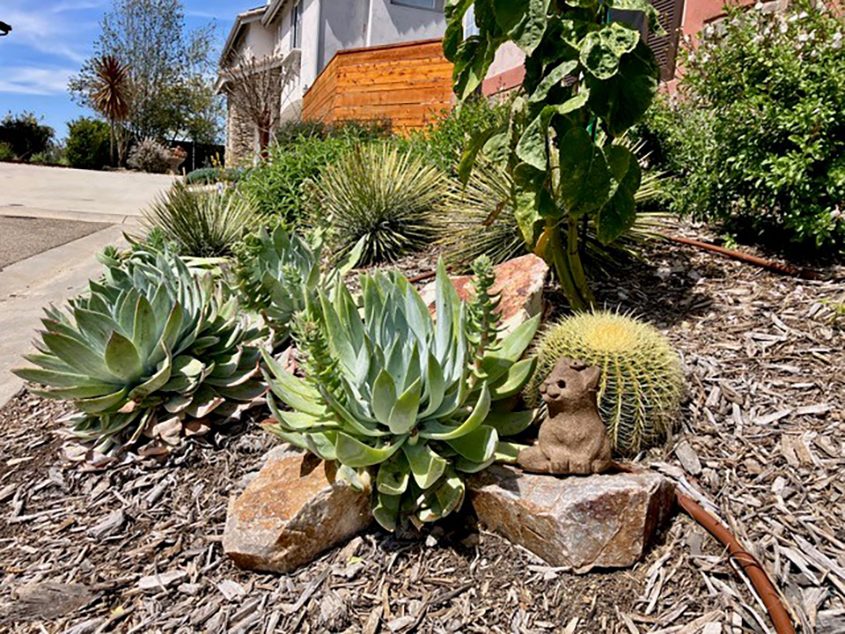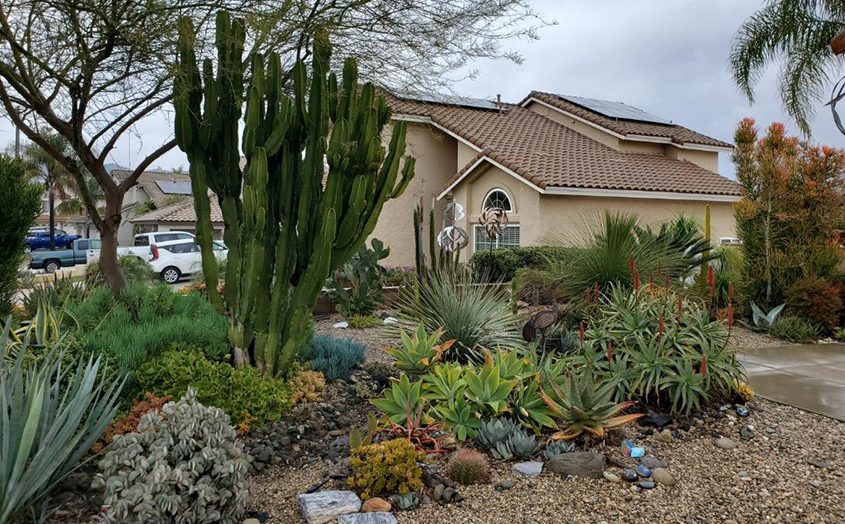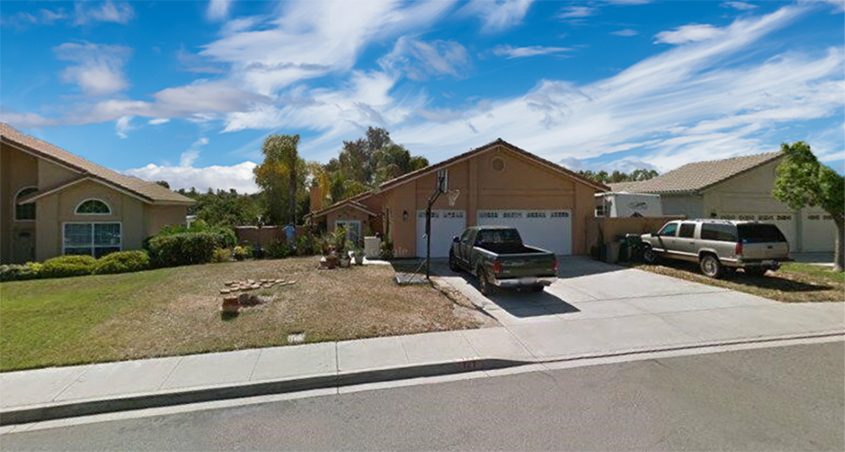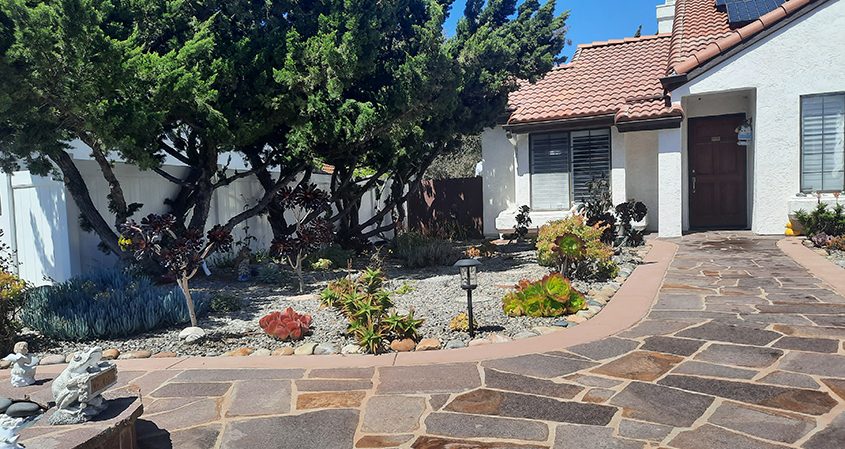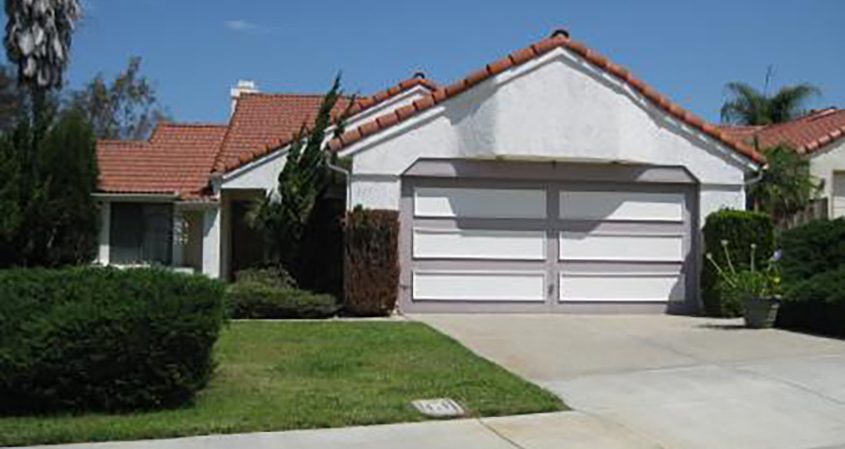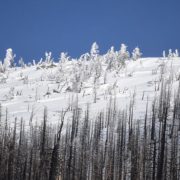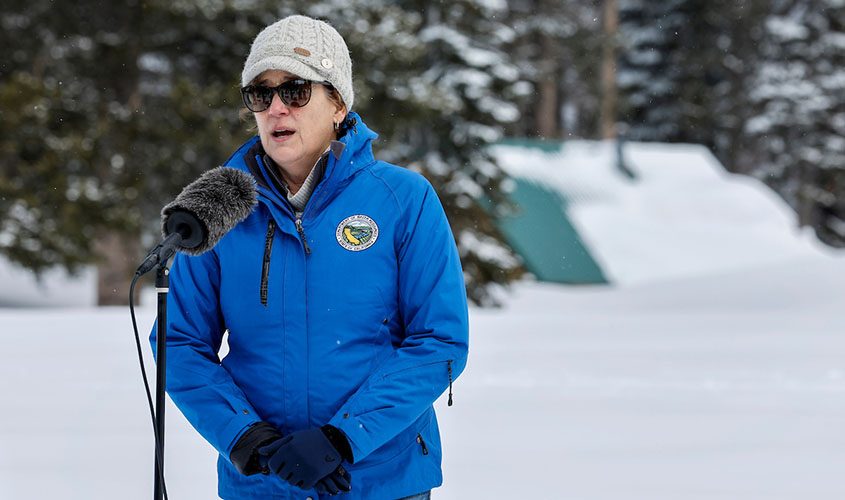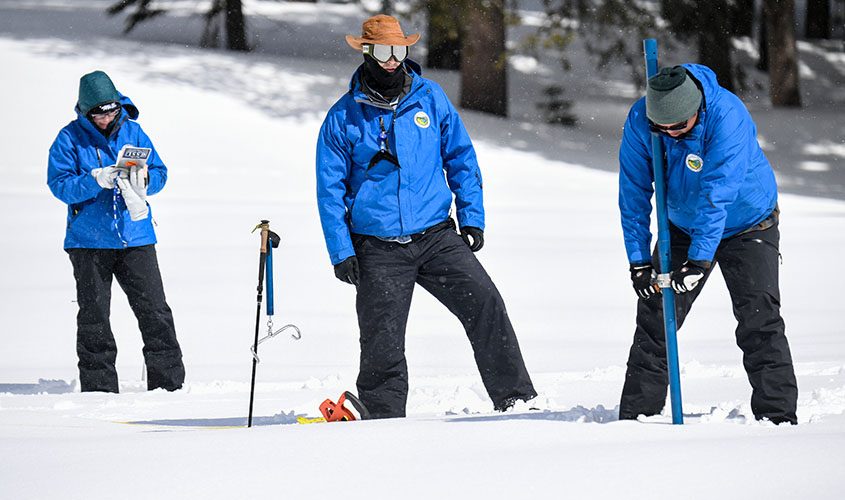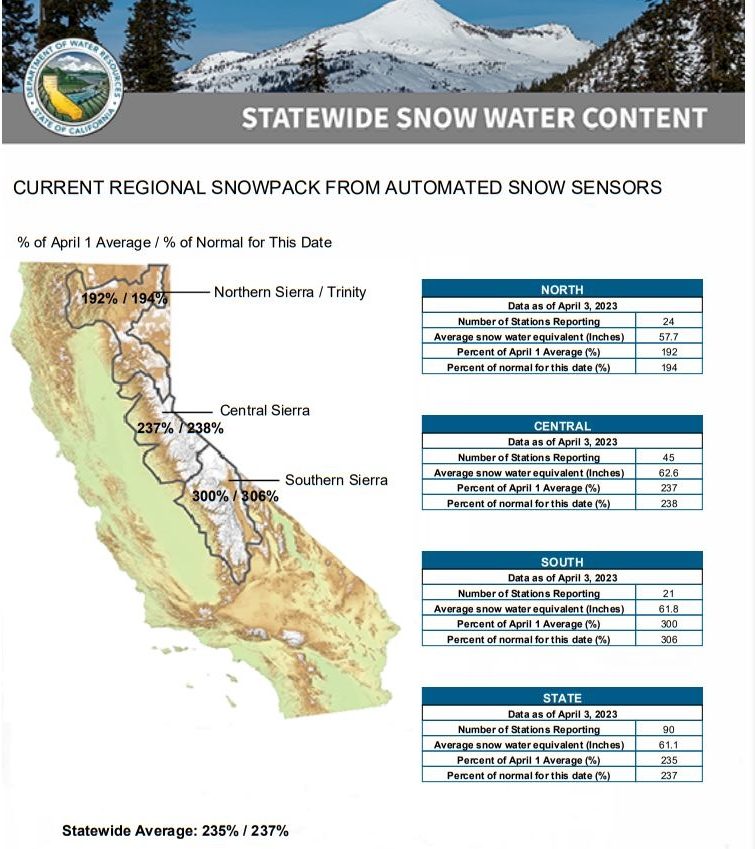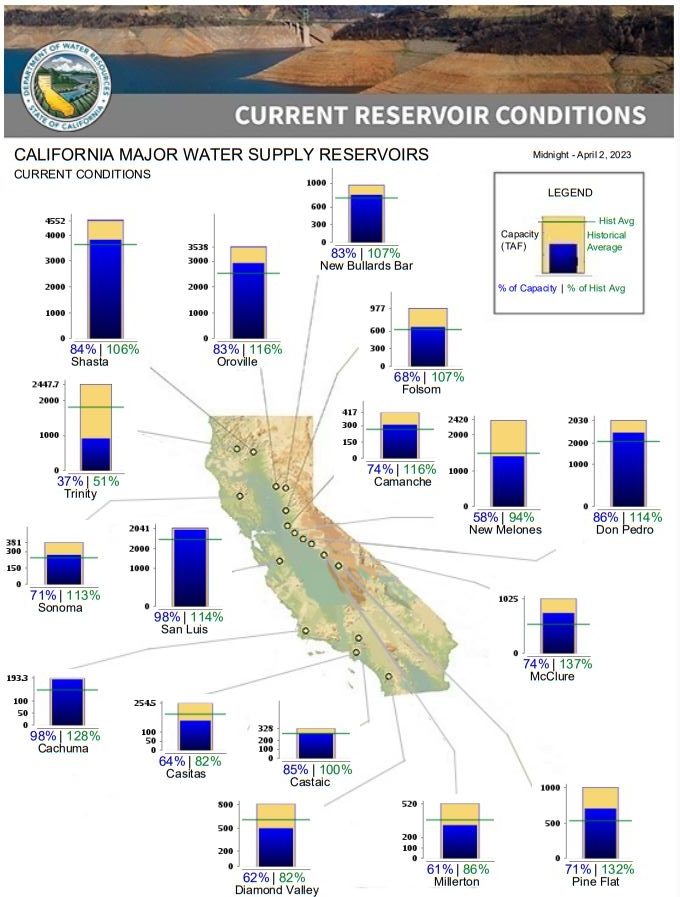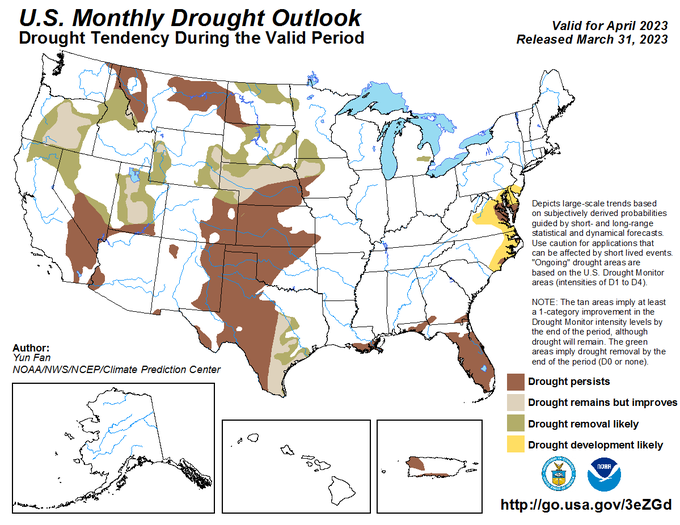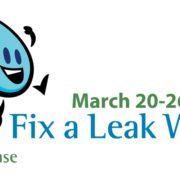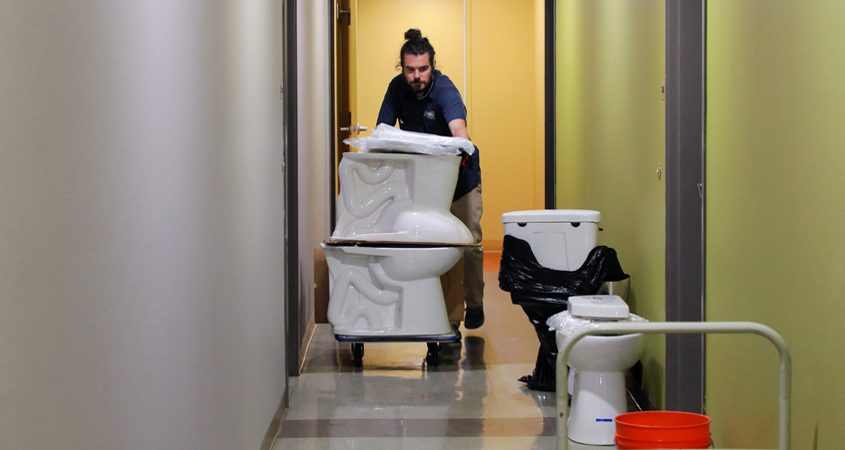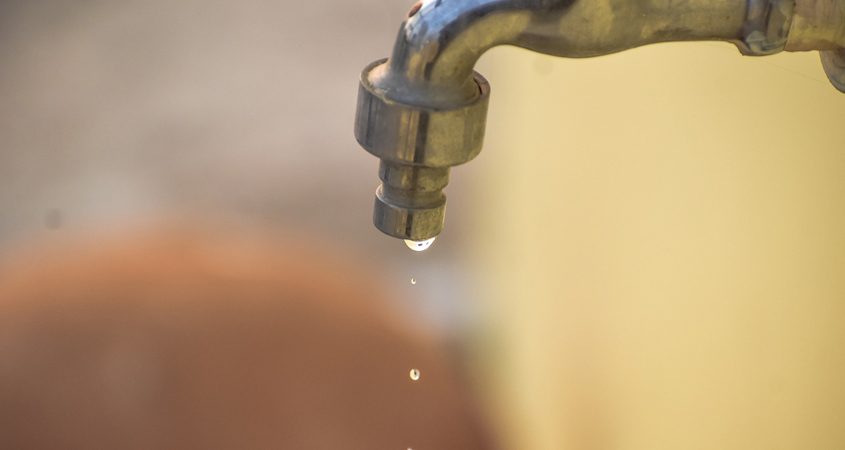Increased Rebates in 2024 for Large-Scale Landscape Makeover Projects
San Diego County businesses and public agencies looking to replace ornamental grass with more sustainable landscaping are now eligible for increased rebates from the Metropolitan Water District of Southern California.
Metropolitan has added one dollar to its Turf Replacement Program base incentive to $3 per square foot for commercial, industrial and institutional sectors and $4 for public agencies that swap out non-functional grass with California Friendly® and native landscaping.
Funding for the program is provided by a $30 million grant from the California Department of Water Resources.

Landscape makeovers can still be lush and colorful while conserving water.
“We’ve made huge gains in water-use efficiency in Southern California, and businesses and public agencies have the opportunity to help us further that progress,” said Metropolitan Interim General Manager Deven Upadhyay.
“By switching to landscaping that is both beautiful and sustainable, they can help our region better adapt to our changing climate while cutting costs and demonstrating leadership in sustainability in their communities.”
The rebate also helps businesses and municipalities comply with new state legislation taking effect in 2027. Assembly Bill 1572 phases out the use of potable water to irrigate non-functional grass that is not used for recreation or other purposes.
“It’s a great opportunity to reduce the cost to eliminate non-functional turf before the state’s watering ban (AB1572) takes effect,” said Debby Dunn, senior water resources specialist at the San Diego County Water Authority.
For assistance, contact or 858-522-6745.
Additional help for San Diego County projects
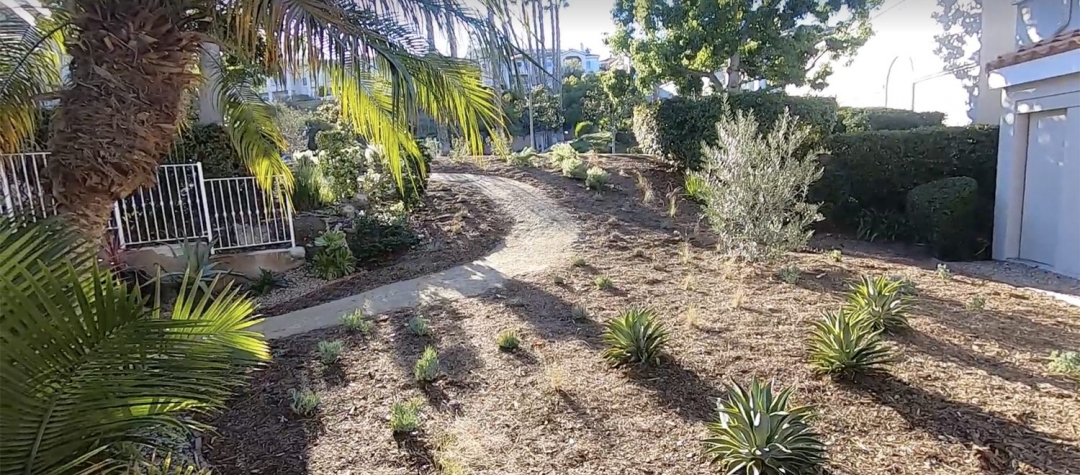
The Panorama HOA in Lake San Marcos achieved beautiful results from its landscaping makeover project, which will conserve water and preserve the region’s watershed. Photo: Vallecitos Water District
Projects in the unincorporated areas of San Diego County can receive an addition $1 per square foot for their turf removal projects
In an effort to help expand our region’s tree canopy and promote sustainability, a newly launched rebate provides an additional $100 per tree incorporated into projects. Both commercial and residential participants can receive this rebate for up to five trees per project.
Long-term water savings from conservation programs
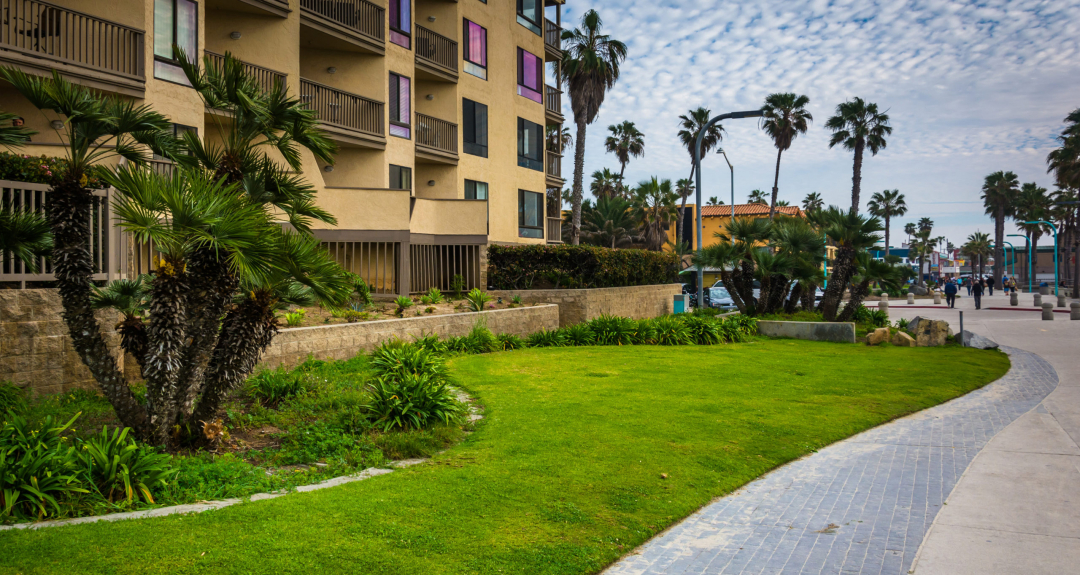
Rebates are available to help property owners in unincorporated areas reduce expenses, providing significant savings on outdoor landscapes.
Metropolitan’s Turf Replacement Program has directly resulted in the removal of over 220 million square feet of grass. This saves enough water to serve about 68,000 households each year.
Conservation programs play an important role in the region’s water supply reliability. Today, about 2.5 million acre-feet of the record 3.4 million acre-feet Metropolitan holds in regional storage is water that has been conserved and stored instead of being consumed. That conserved water has been instrumental in staving off additional and more widespread calls for mandatory water cutbacks.
“We know the challenges ahead will require us to think differently and make the right investments in our infrastructure and water supplies,” said Metropolitan board chair Adán Ortega, Jr. “We appreciate the tremendous work the public has done to help us become more resilient to our extreme weather patterns and look forward to the continued progress that we can achieve as a region.”
For more information on Metropolitan’s conservation initiatives and rebate programs and to apply for a commercial, industrial, institutional or public agency rebate, visit bewaterwise.com/turf.

